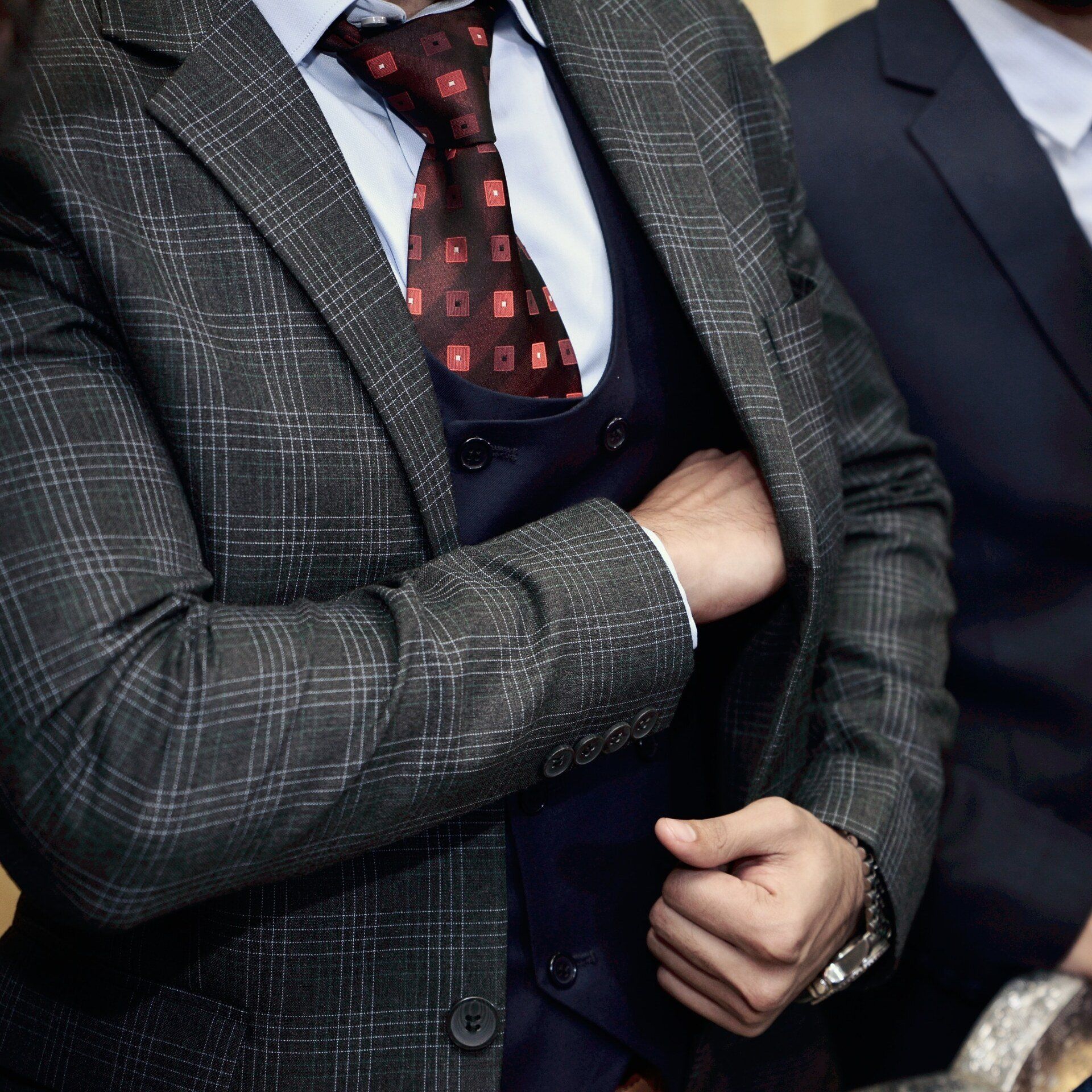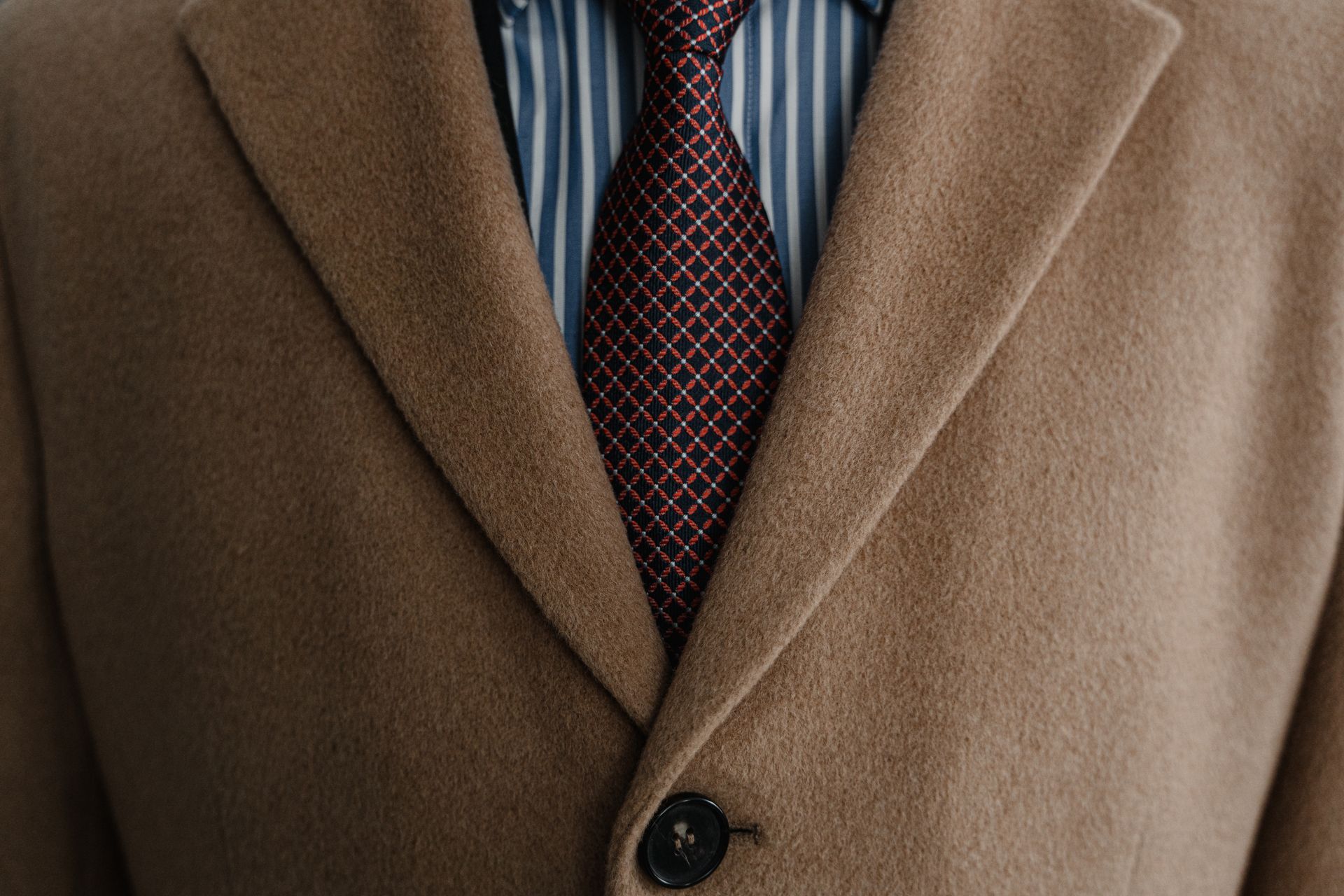How a Suit Should Fit: A Complete Guide for Every Body Type

If you're familiar with our business, you've probably heard our explanation of what custom is, and why we believe it's so important to have your suits made just for you. But to really prove our expertise on the matter, we've put together this article that specifically outlines our philosophy on how a suit should fit. These universal principles of fit are critical to understand no matter your body type, from the collar of your jacket to the break of your pants.
Be sure to watch the video, where we review two real examples of different body shapes: one shorter and broader, and the other taller and slimmer. We'll cover what to look for, common fit issues, and how we approach each unique individual to ensure their suit is tailored to perfection.
How a Suit Jacket Should Fit
1. Collar Fit

The collar is the starting point for a great-fitting suit. A well-fitting collar should sit snugly against the back of your neck, without any gaps or rolls. A common issue with suits is the "collar roll," where excess fabric bunches up behind the neck. This happens when the suit doesn’t align properly with your body, creating an uneven look. On the other hand, a collar gap occurs when the collar doesn’t sit flush against your neck, creating an unsightly space. Both of these problems can be corrected by a tailor, but when shopping for a suit, ensure the collar fits as close to perfect as possible to avoid extensive alterations.
2. Shoulder Fit
Next up is the shoulders. How a suit should fit often starts with this area, as it's the most difficult to tailor. The suit’s shoulder should smoothly transition from the top plane of your shoulder down to the sleeve, without creating divots or tension. For broader men, like the example in the video, you may notice a slight divot if the shoulders are too narrow. In that case, opting for a larger shoulder measurement or adjusting the shoulder pads will create a more flattering silhouette. Meanwhile, for slimmer individuals, the shoulders should not be too loose. A properly fitted shoulder will have a clean line that doesn’t pull or wrinkle when your arms are hanging naturally at your sides.
3. Armholes
The armholes of a jacket impact both the look and comfort of your suit. Higher armholes allow for better mobility, as seen in the example of the broader body type in the video, where the individual could lift his arms comfortably without the jacket pulling too much. Lower armholes, which restrict movement and cause the fabric to pull at the chest or stomach, may need adjustment. Ideally, your armholes should allow you to raise your arms without the jacket pulling or creating tension across your torso.
4. Chest & Lapel Fit
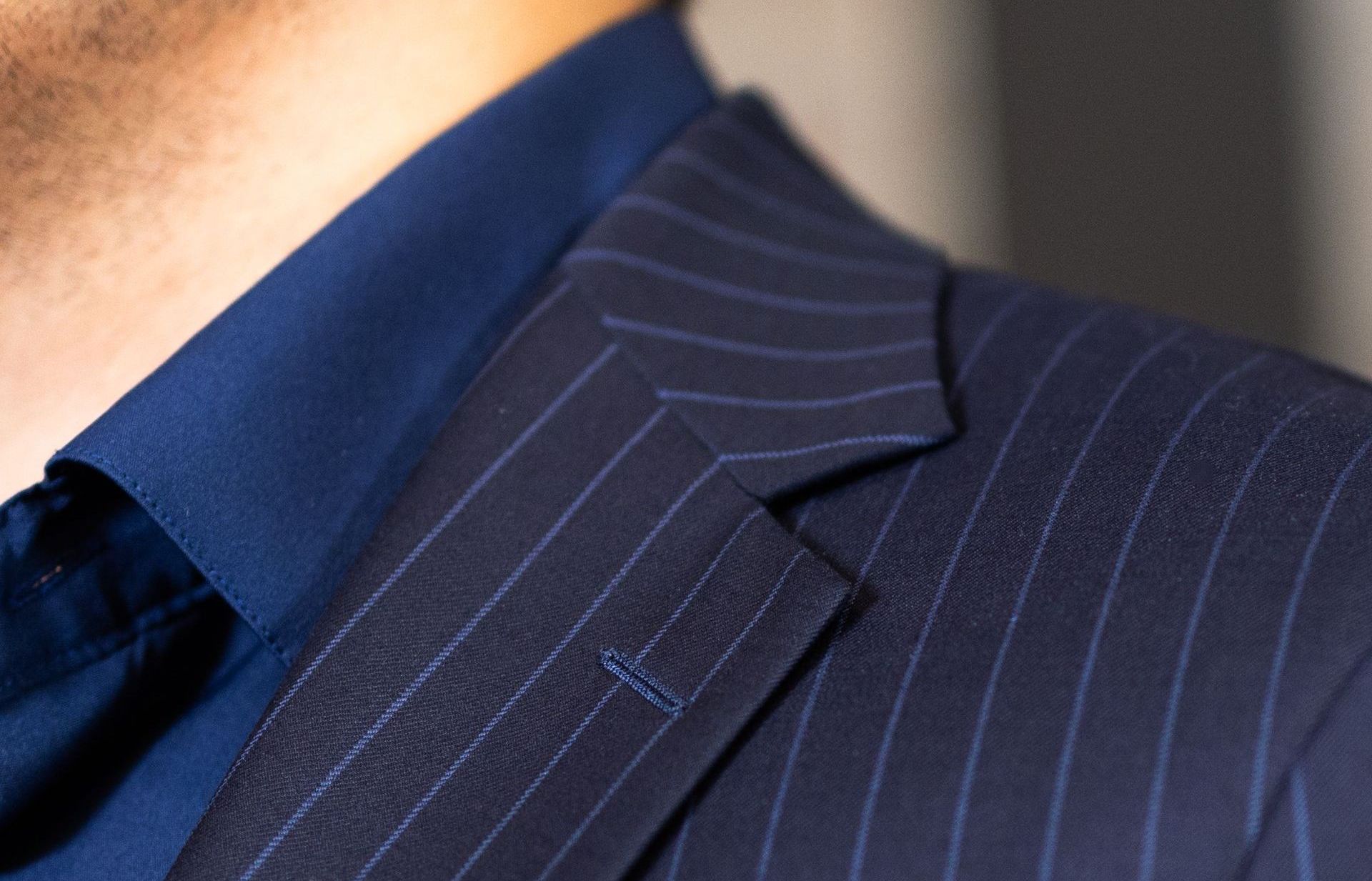
The fit of the chest and lapels is crucial in determining how a suit should fit. Your chest should feel snug but not tight. Lapels should lie flat against the chest without gaping. When you see a lapel gap or flare, it usually means the chest of the jacket is too small, or the posture doesn’t align with the suit’s structure. In the video, the slimmer body type had a lapel gap when arching his shoulders back, illustrating how even minor posture changes can affect the fit. The chest area should have no excessive fabric or pulling, and the lapels should stay in place even when you move
5. Waist Fit
The waist of your jacket should be fitted but not overly tight. A good rule of thumb is that you should be able to comfortably place three fingers inside the jacket when it’s buttoned. Anything tighter may cause pulling and discomfort, while anything looser will create a boxy, unflattering shape. For those who prefer a looser fit, some may opt for a jacket that allows a fist to fit inside, though this is more a matter of style preference. Keep in mind that the balance of the jacket from front to back is essential for a clean, proportional look.
6. Sleeve Fit and Length
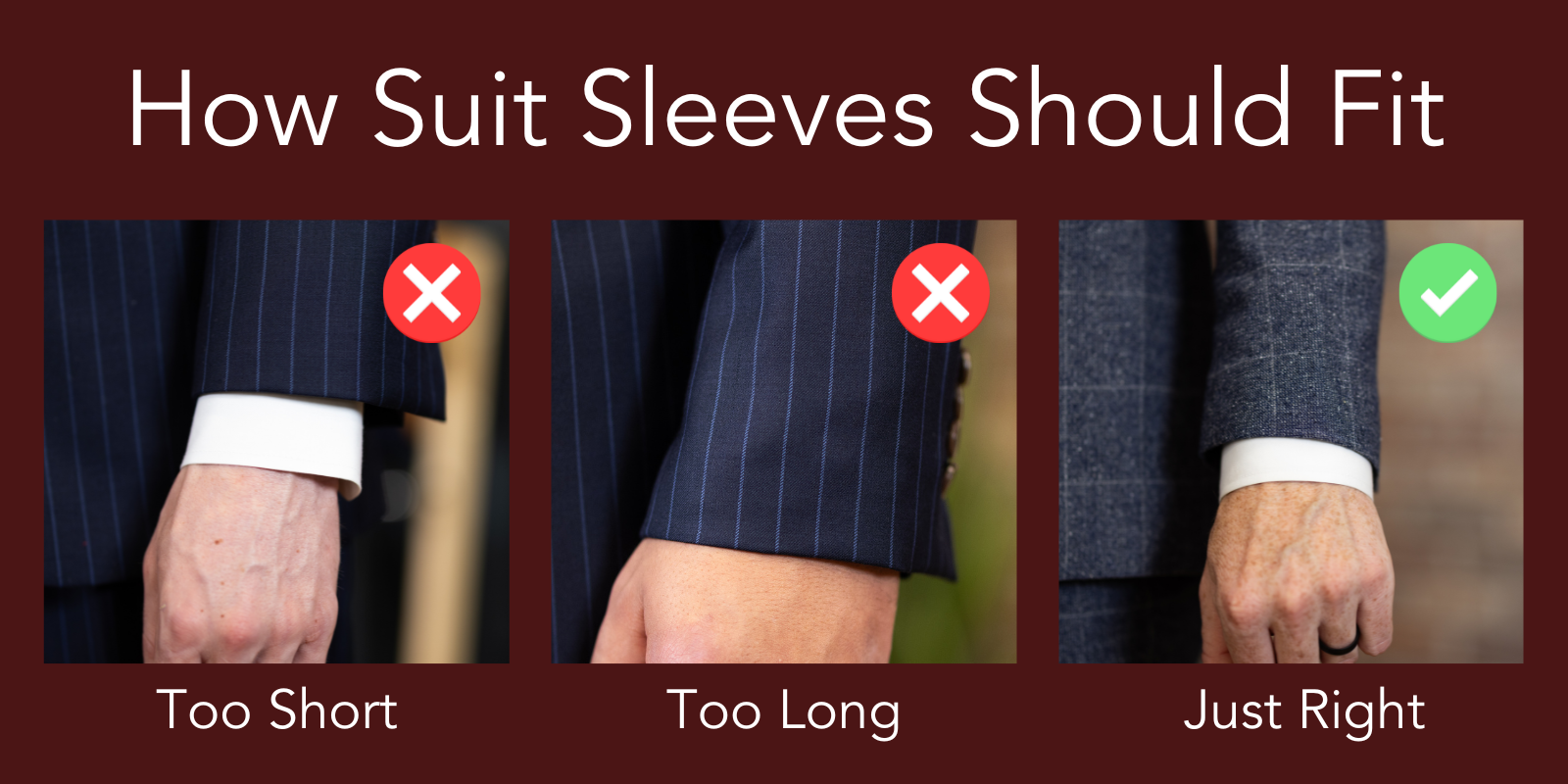
Proper sleeve length is another important factor when assessing how a suit should fit. Typically, about a quarter to half an inch of your dress shirt cuff should show below the sleeve of your jacket. If too much cuff is visible, the sleeve is too short. If the sleeve covers the wrist entirely and reaches your hand, it’s too long. Always check sleeve length with your arms relaxed at your sides, as checking while your arms are extended or raised will give you an inaccurate reading. Proper sleeve taper ensures a sharp look, with the sleeves falling smoothly from the shoulders down.
7. Jacket Length
Jacket length is a key consideration for balance and proportion. The general rule is that the jacket should cover the base of your crotch. For a traditional fit, the jacket can be slightly longer, while for a more modern, streamlined look, it can be shorter. However, both extremes—too long or too short—can throw off your overall appearance. In the video, both body types wore jackets that were slightly too long, highlighting the importance of proper length for a polished fit.
How Dress Pants Should Fit
1. Waist, Seat, and Crotch
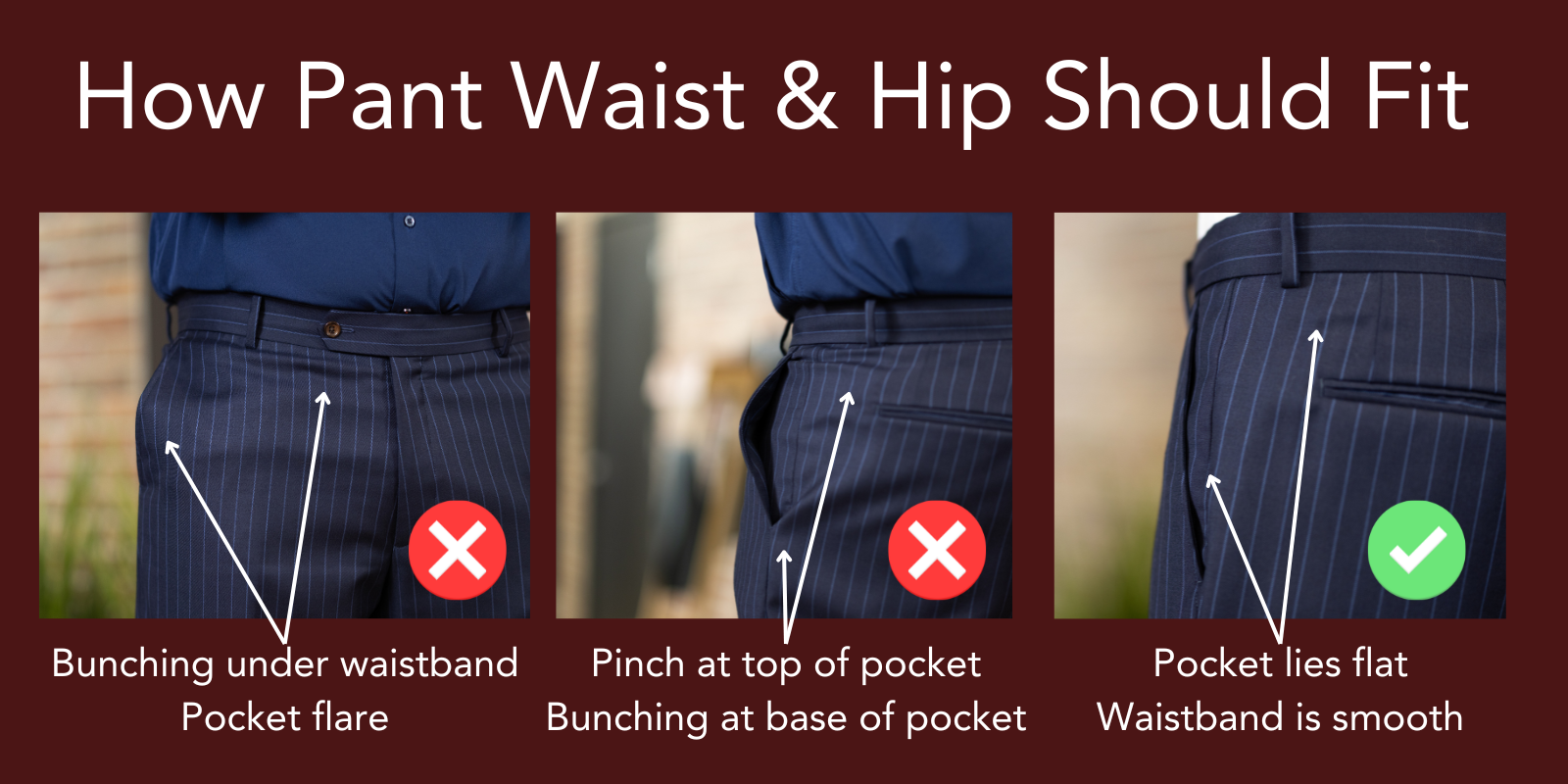
When considering how a suit should fit, it is nearly impossible to separate these three areas from each other. A well-fitting dress pant should sit comfortably at the waist without being too loose or tight. The seat (the area around your hips and rear) should fit snugly without causing any tension that pulls at the fabric or causes your pockets to gape open. In the video, the broader body type experienced pulling around the seat, causing his pockets to spread out—an indication that the pants were too tight in that area. For the taller, slimmer individual, the fit was slightly looser but could be tailored for a snugger, cleaner fit.
The rise, or the distance from the waistband to the crotch, is also crucial. A poorly fitted rise can cause discomfort and limit mobility. If the rise is too tight, you may experience pulling or riding up, while an overly loose rise will create excess fabric that bunches up in the front. Ideally, the crotch should allow for easy movement without too much extra fabric.
2. Pant Taper & Length
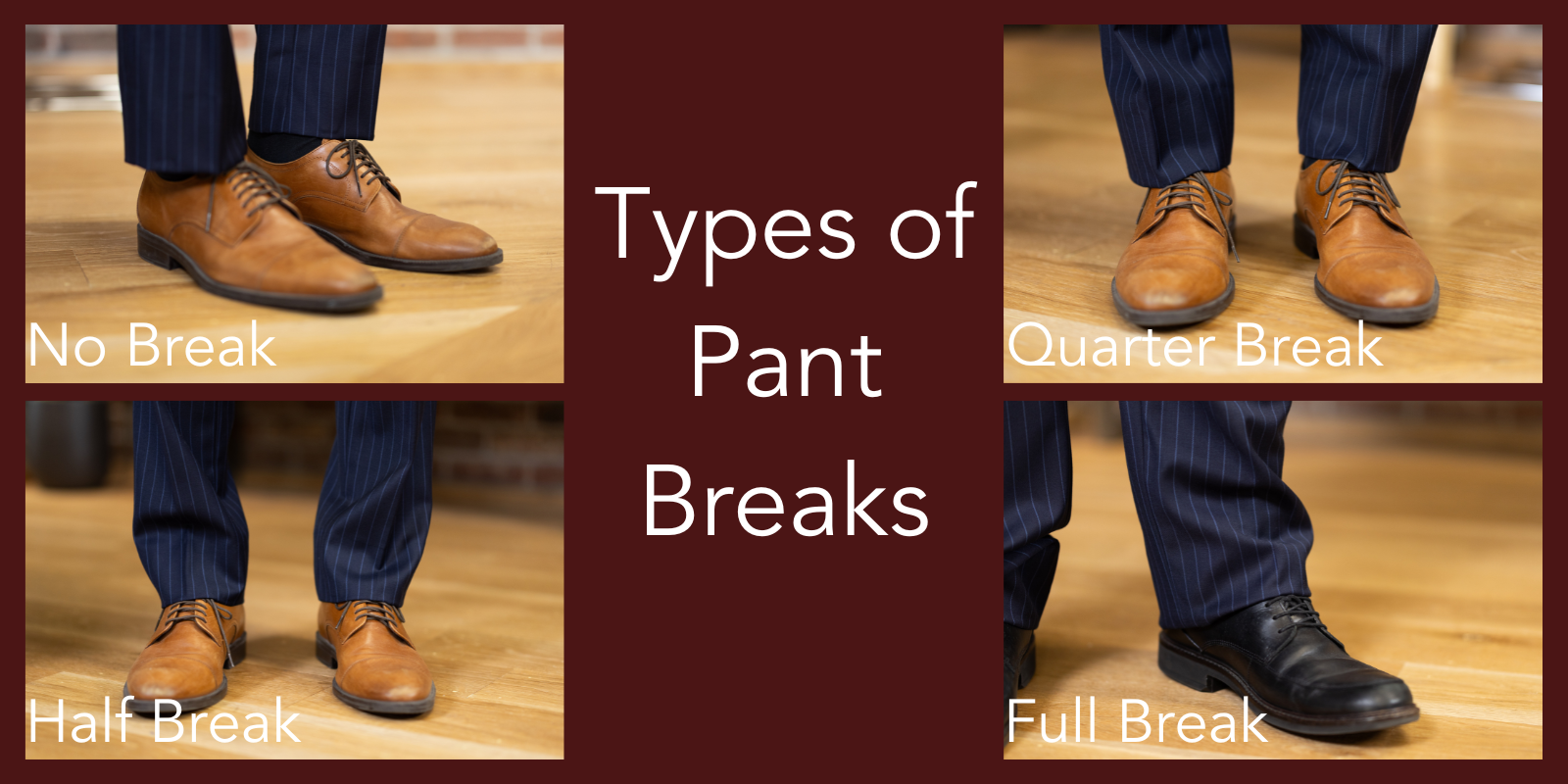
Dress pant taper and length are often a matter of personal style. However, knowing the difference between a full break, half break, quarter break, and no break can help you choose a flattering look. A full break means the pants rest heavily on the shoe, creating a fold or dimple in the fabric. A half or quarter break is more modern, with the pants creating a slight fold or none at all. In the video, the taller individual had a half break, while the shorter individual had a full break with too much fabric bunching up. Ideally, your pants should complement the rest of your suit, with the break based on your personal style preference.
Conclusion: Tailoring for Your Body Type
The core principles of how a suit should fit apply to all body types. From the collar to the pant break, each element plays a vital role in ensuring that you look sharp and polished. We believe it to be our mission to use our knowledge and expertise proven above to ensure everyone feels comfortable and confident in how their suit should fit.
If you choose to work with us, you'll ensure that every suit you wear fits perfectly, enhancing your confidence and style no matter the occasion. After all, the right fit is what transforms a simple suit into a sophisticated statement.
By following this guide, you'll be well on your way to understanding how a suit should fit and ensuring your wardrobe is filled with suits that are comfortable, stylish, and uniquely tailored to you.
